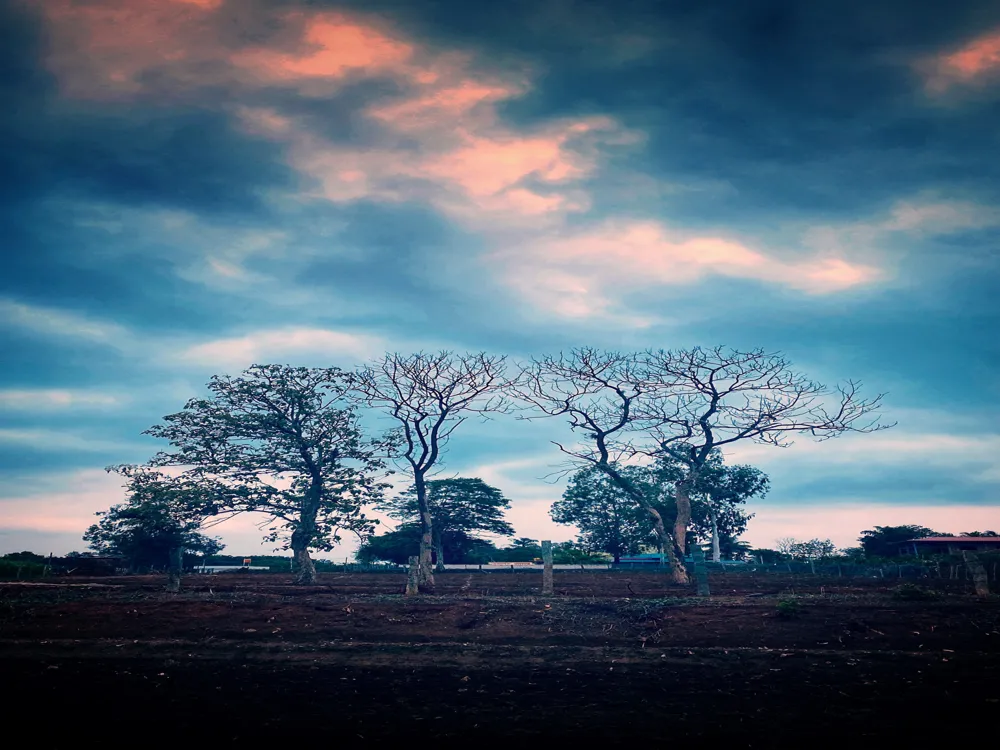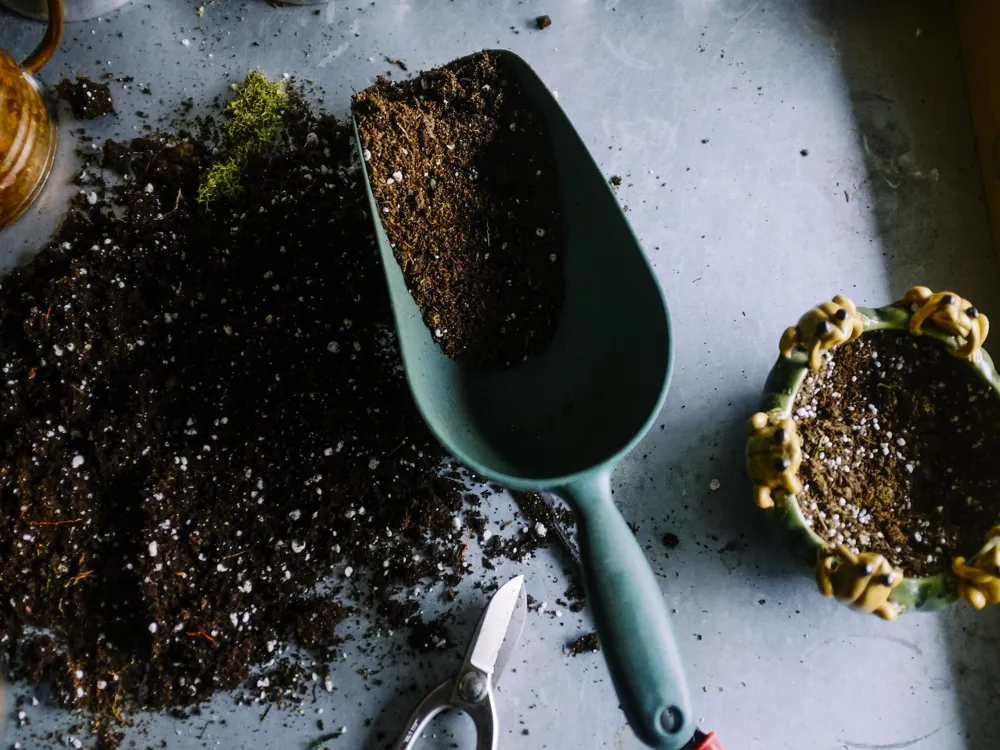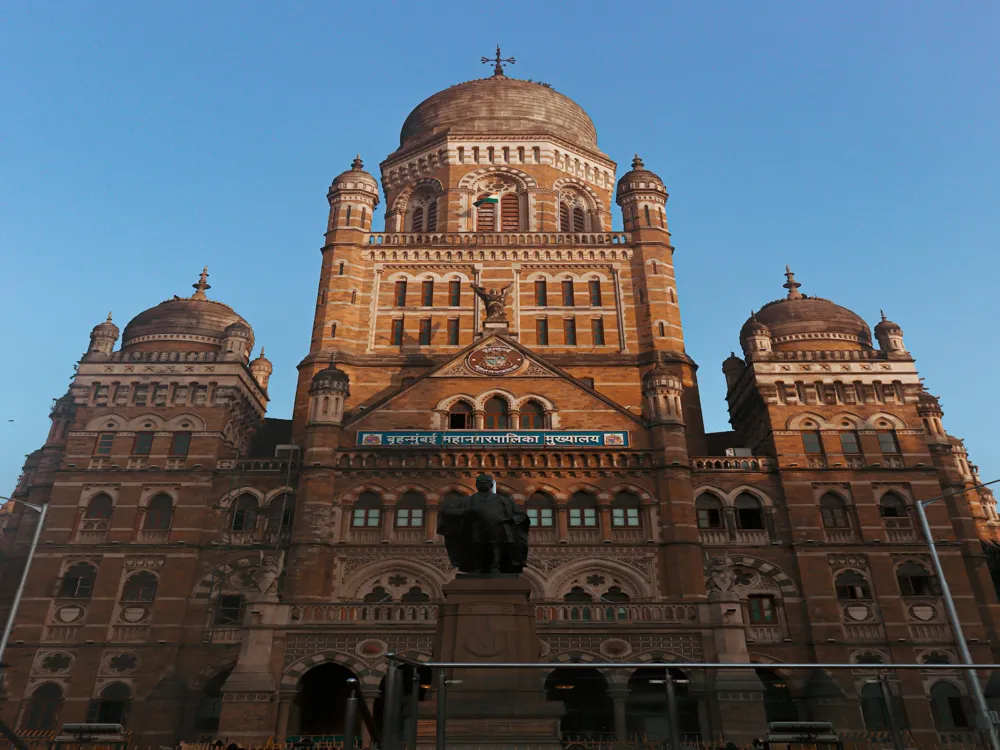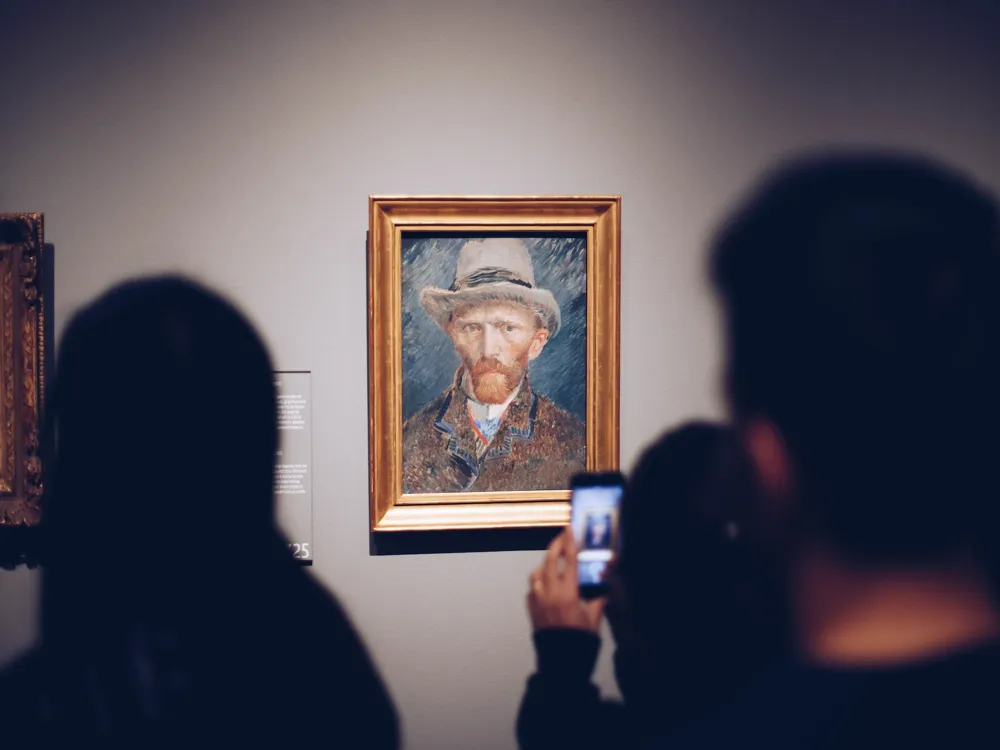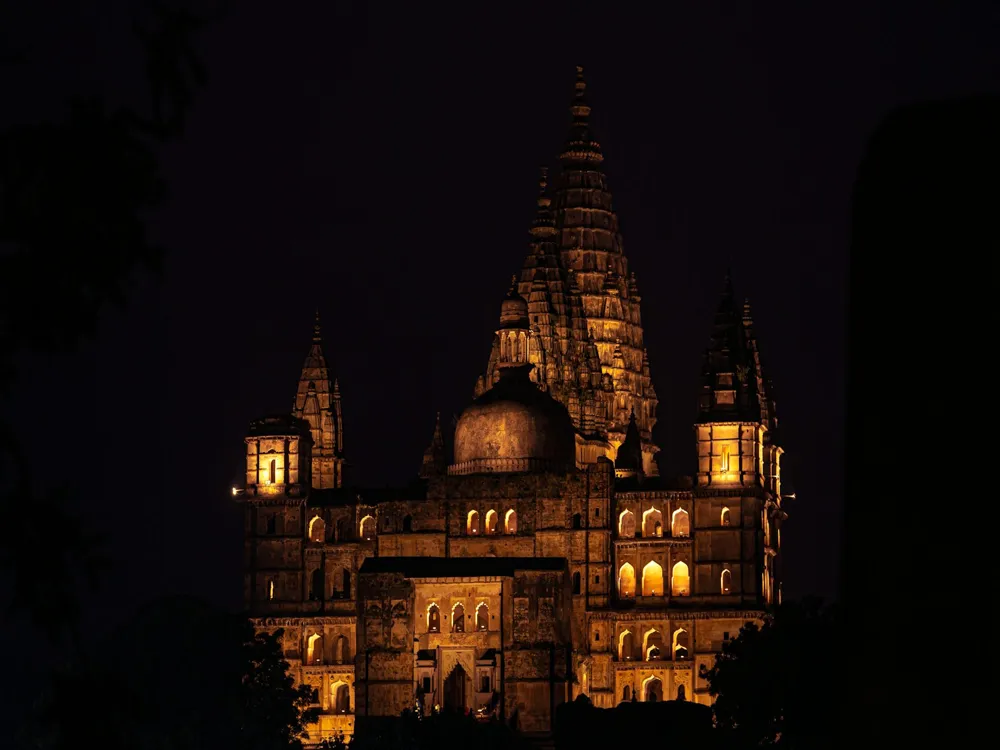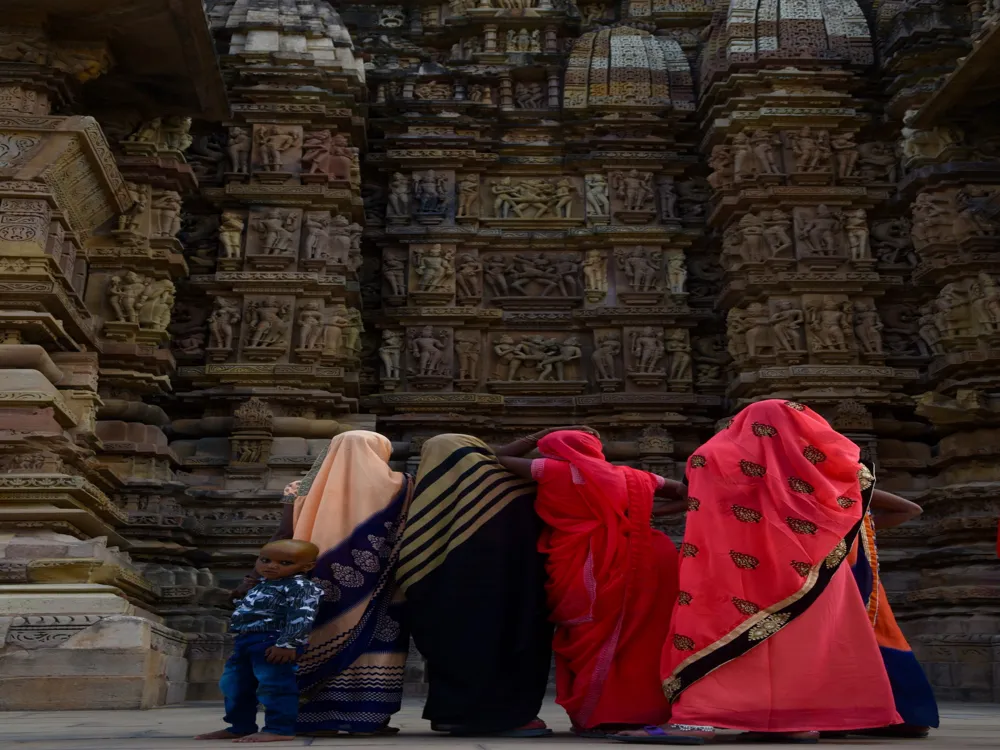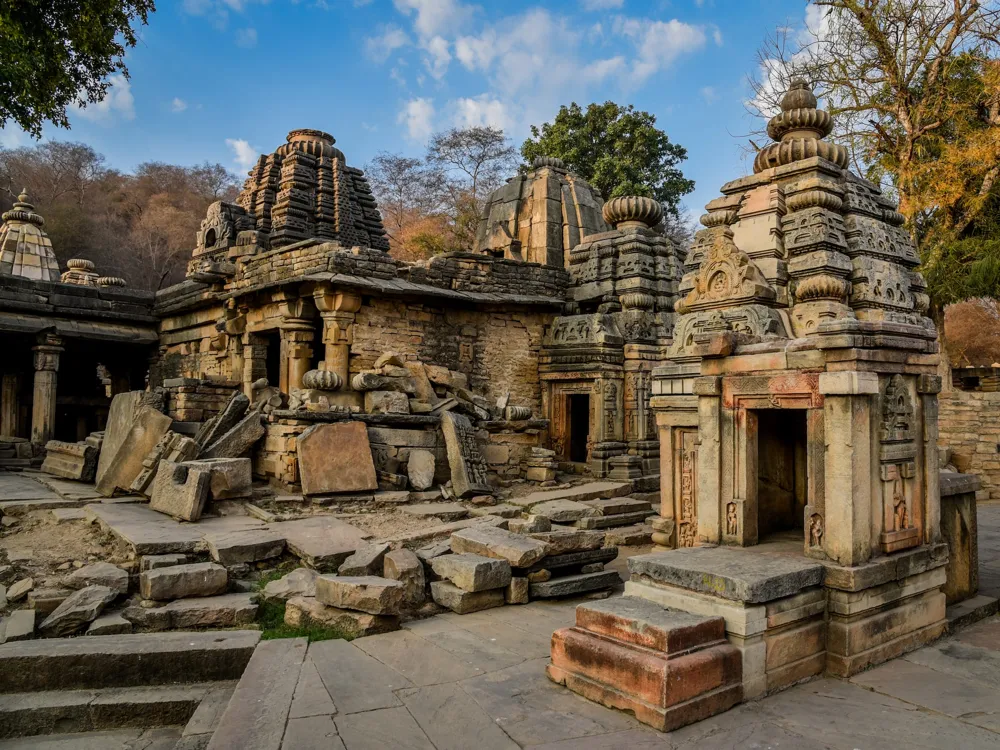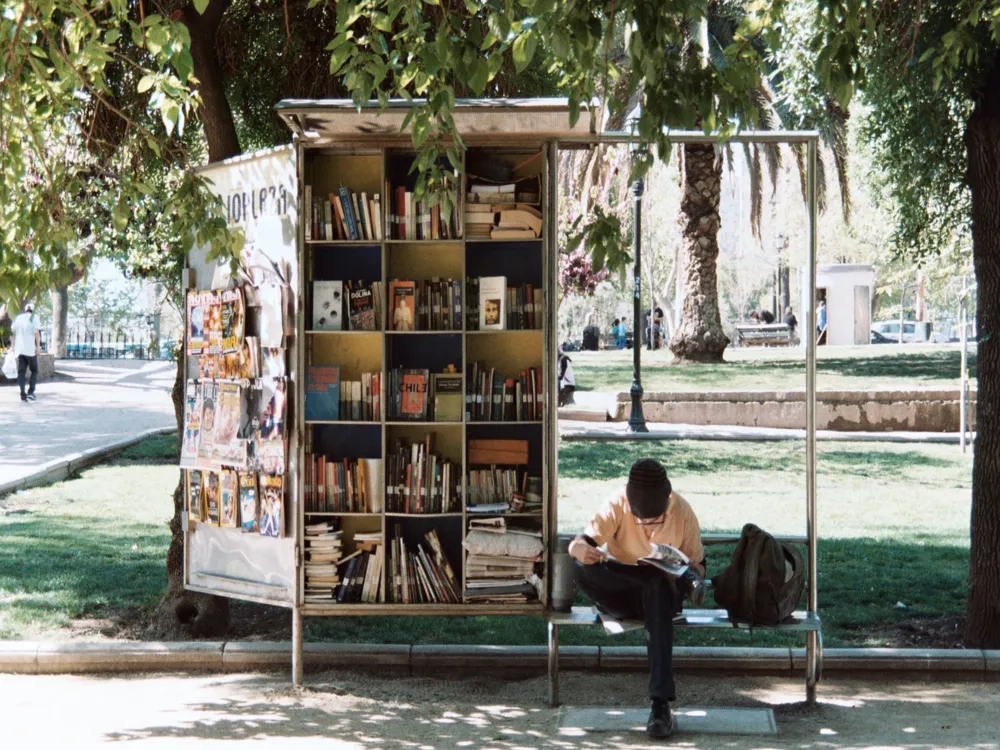The Jhansi Museum, located in the historic city of Jhansi in Uttar Pradesh, is a beacon of cultural and historical significance. It stands not just as a repository of art and history but also as a testament to the rich tapestry of India's heritage. Founded in the early 20th century, the museum has become a pivotal destination for historians, art enthusiasts, and tourists alike. One of the museum's most compelling features is its extensive collection that spans several centuries. It houses a remarkable array of artifacts, including sculptures, paintings, weapons, and manuscripts that tell the story of Jhansi's illustrious past. The museum's galleries are dedicated to various themes, each narrating a different aspect of the region's history and culture. From the reign of the Chandela rulers to the heroic struggles of the Indian Rebellion of 1857, the museum offers a comprehensive glimpse into the epochs that have shaped Jhansi. Not only does the museum showcase artifacts from Jhansi's history, but it also offers insights into the broader spectrum of Indian culture. The collection includes pieces from different regions of India, providing a panoramic view of the country's artistic and historical diversity. This makes the Jhansi Museum a significant center for learning and research, attracting scholars and academics from around the globe. The museum's significance is further enhanced by its interactive exhibits. These exhibits, equipped with modern technology, provide a more engaging experience for visitors. They include audio-visual presentations, interactive kiosks, and guided tours that make the history of Jhansi come alive. The museum also organizes regular workshops, seminars, and cultural events, contributing to the continuous dialogue about India's heritage and its relevance in the contemporary world. The Jhansi Museum is not just a place to observe and learn; it is a space that connects the past with the present. It offers a unique opportunity to delve into the historical saga of Jhansi, understand its pivotal role in Indian history, and appreciate the beauty and depth of Indian culture. Whether you are a history buff, an art lover, or a curious traveler, the Jhansi Museum is a destination that promises a rich and enlightening experience. The architecture of the Jhansi Museum is as fascinating as the treasures it holds. The building itself is a piece of art, reflecting the architectural heritage of the region. Constructed in the colonial era, the museum's design showcases a blend of Indian and British architectural styles, making it a unique landmark in Jhansi. The museum's structure is characterized by its majestic facade, adorned with intricate carvings and embellishments that draw inspiration from traditional Indian motifs. The grand entrance, with its towering pillars and arched doorways, invites visitors into a world of historical grandeur. The harmonious blend of European and Indian architectural elements is evident in the layout and design of the museum, creating a distinctive aesthetic appeal. Inside, the museum is equally impressive. The high ceilings and spacious halls create an ambiance of grandeur and tranquility, ideal for showcasing the museum's collections. The use of natural light is a significant aspect of the museum's design, with large windows and skylights that illuminate the exhibits and create a warm and welcoming atmosphere. The museum's layout is thoughtfully designed to facilitate an immersive and educational experience. The galleries are arranged thematically, allowing visitors to journey through different periods and aspects of Jhansi's history. The use of modern display techniques, combined with the traditional architectural elements, creates a unique environment where history is both preserved and presented in a contemporary context. The architecture of the Jhansi Museum is not just about aesthetic beauty; it is about creating a space that honors and preserves the cultural heritage of Jhansi. The building stands as a symbol of the region's historical significance and architectural brilliance. It is a space that encapsulates the spirit of Jhansi, bridging the gap between the past and the present, and offering a serene and inspiring environment for visitors to explore and appreciate the rich legacy of Indian culture. The ideal time to visit the Jhansi Museum is during the cooler months from October to March. During this period, the weather is pleasant, making it conducive for exploring the museum and the surrounding areas comfortably. Opting for a guided tour can greatly enhance your experience at the Jhansi Museum. Knowledgeable guides provide valuable insights into the exhibits, making your visit more informative and engaging. While there is no strict dress code, it is advisable to dress modestly out of respect for cultural norms. Additionally, maintaining decorum inside the museum, such as not touching the exhibits and keeping noise levels low, is expected. Photography may be allowed in certain areas of the museum, but it's important to check for any restrictions or need for special permits. Flash photography is usually prohibited to protect the artifacts. The museum offers various facilities like restrooms, a cafeteria, and a souvenir shop. It is also equipped to cater to differently-abled visitors, ensuring a comfortable experience for everyone. Jhansi Museum is easily accessible by various means of transportation. The city of Jhansi is well-connected by road, rail, and air. The nearest airport is Gwalior Airport, located about 103 kilometers away. Jhansi Railway Station is a major junction and is well connected to major cities across India. For those traveling by road, Jhansi is linked with a network of national and state highways. Local transportation like taxis, auto-rickshaws, and buses are readily available for commuting within the city to reach the museum. Read More:Overview of Jhansi Museum, Uttar Pradesh
Architecture of Jhansi Museum
Tips When Visiting Jhansi Museum
Best Time to Visit
Guided Tours
Dress Code and Etiquette
Photography Rules
Facilities and Accessibility
How To Reach Jhansi Museum
Jhansi Museum
Jhansi
Uttar Pradesh
NaN onwards
View jhansi Packages
Weather :
Tags : Museum
Timings : 10:00 AM – 5:00 PM
Closed on Monday and every second Saturday of the month
Time Required : 1-2 hours
Entry Fee : Indian: INR 5
Foreigner: INR 25
Camera: INR 20
Photography : Prohibited at certain galleries
Planning a Trip? Ask Your Question
Jhansi Travel Packages
View All Packages For Jhansi
Top Hotel Collections for Jhansi

Private Pool

Luxury Hotels

5-Star Hotels

Pet Friendly
Top Hotels Near Jhansi
Other Top Ranking Places In Jhansi
View All Places To Visit In jhansi
View jhansi Packages
Weather :
Tags : Museum
Timings : 10:00 AM – 5:00 PM
Closed on Monday and every second Saturday of the month
Time Required : 1-2 hours
Entry Fee : Indian: INR 5
Foreigner: INR 25
Camera: INR 20
Photography : Prohibited at certain galleries
Planning a Trip? Ask Your Question
Jhansi Travel Packages
View All Packages For Jhansi
Top Hotel Collections for Jhansi

Private Pool

Luxury Hotels

5-Star Hotels

Pet Friendly







